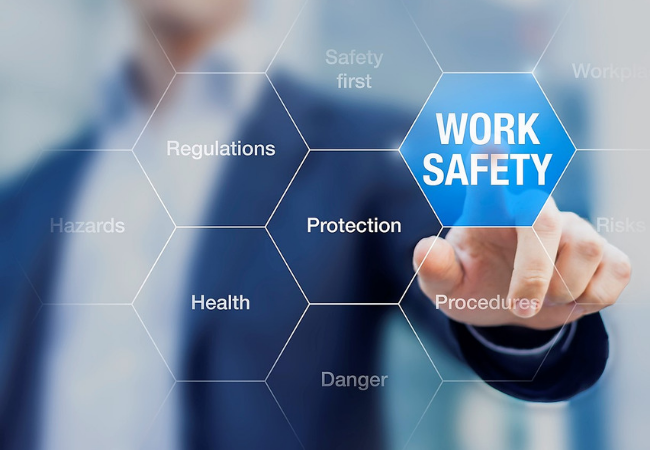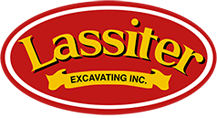Construction Site Excavation Safety Steps

Excavation and trenching are naturally hazardous construction operations, and contractors need to take all the appropriate steps to ensure worker safety. The Occupational Safety and Health Administration (OSHA) defines an excavation as “any man-made cut, cavity, trench, or depression in the earth’s surface formed by earth removal.” A trench, in particular, is defined as “a narrow underground excavation that is deeper than it is wide, and is no wider than 15 feet (4.5 meters).”
When we approach any excavation, drilling or demolition job we keep safety first, starting with the planning for the job. It is not just the possibility of the sides of an excavated plot or trench collapsing. Safety planning also must accommodate the interaction of our people and the machines they need to employ to carry out the job, and the terrain on which those machines must operate.
Trenching and Excavation Risk Factors
The greatest risks to people on the job are cave-ins. Other potential hazards include falls, falling loads, hazardous atmospheres (including silica dust), and equipment accidents. All members of the work team must remain alert to the condition of the terrain and the positioning and movement of equipment. There is a lot of training and oversight that Lassiter employs to keep our staff sharp and safe.
A “Protect Yourself” Mindset
Never enter an unprotected trench, for instance. Inspect trench and pit walls constantly. Wear all required protective clothing at all times. Employ agreed-on hand signals with equipment operators. Be patient! Equipment operators must “have their head on a swivel” when maneuvering their machines.
OSHA guidelines mandate the ongoing inspection of trenches by a “competent person.” This is an individual who is “capable of identifying existing and predictable hazards or working conditions that are hazardous, unsanitary, or dangerous to employees, and who is authorized to take prompt corrective measures to eliminate or control these hazards and conditions.” Part of our training regime is to ensure that we have multiple people involved in a job who meets this standard.
Excavation Protective Systems
There are different types of protective systems that are applied to keep the trenches and sidewalls of an excavation safe.
- Sloping involves cutting back a trench wall at an angle inclined away from the excavation.
- Shoring requires installing aluminum hydraulic or other types of supports to prevent soil movement and cave-ins.
- Shielding protects workers by using trench boxes or other types of supports to prevent soil cave-ins.
We work with project engineers to assess many factors in applying these protective measures: Soil classification, depth of cut, water content of soil, changes due to weather or climate, surcharge loads and other operations that are to be conducted in the vicinity.
Access and “Egress”
Planning for and carrying out any job requires us to ensure safe access and “egress” or exits into and out of all excavations. This involves ladders, steps, ramps, and/or other safe means of exit, especially for employees working in trench excavations. Per OSHA standards, these devices must be located within 25 feet of all workers.
Other General Trenching and Excavation Rules
- Keep heavy equipment away from trench edges.
- Keep surcharge loads at least 2 feet (0.6 meters) from trench edges.
- Know where underground utilities are located.
- Test for low oxygen, hazardous fumes and toxic gases.
- Inspect trenches at the start of each shift.
- Inspect trenches following a rainstorm.
- Do not work under raised loads.
Safety First Takes Training and Planning
In California, contractors like us must be licensed and bonded. We employ safe jobsite practices that keep our employees’ and clients’ safety at the forefront of our daily activities. All our employees have completed OSHA 10 training, and first-aid and CPR training.
We have been in the excavating, demolition and drilling business for decades, we’ve had long and rewarding relationships with the many general contractors in our area. We love the business were in, and love being in the Bay Area. We look forward to serving our customers old and new for years to come!
Contact us with any questions about excavation or drilling sub-contracting work, or residential pool demolitions.

